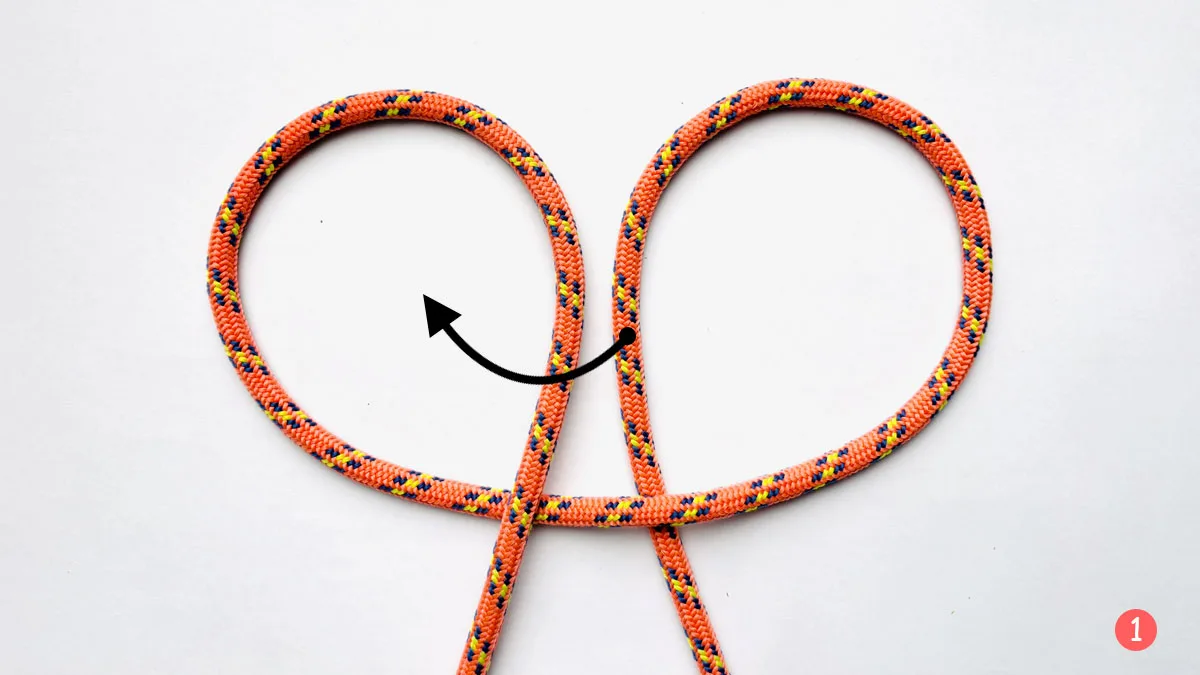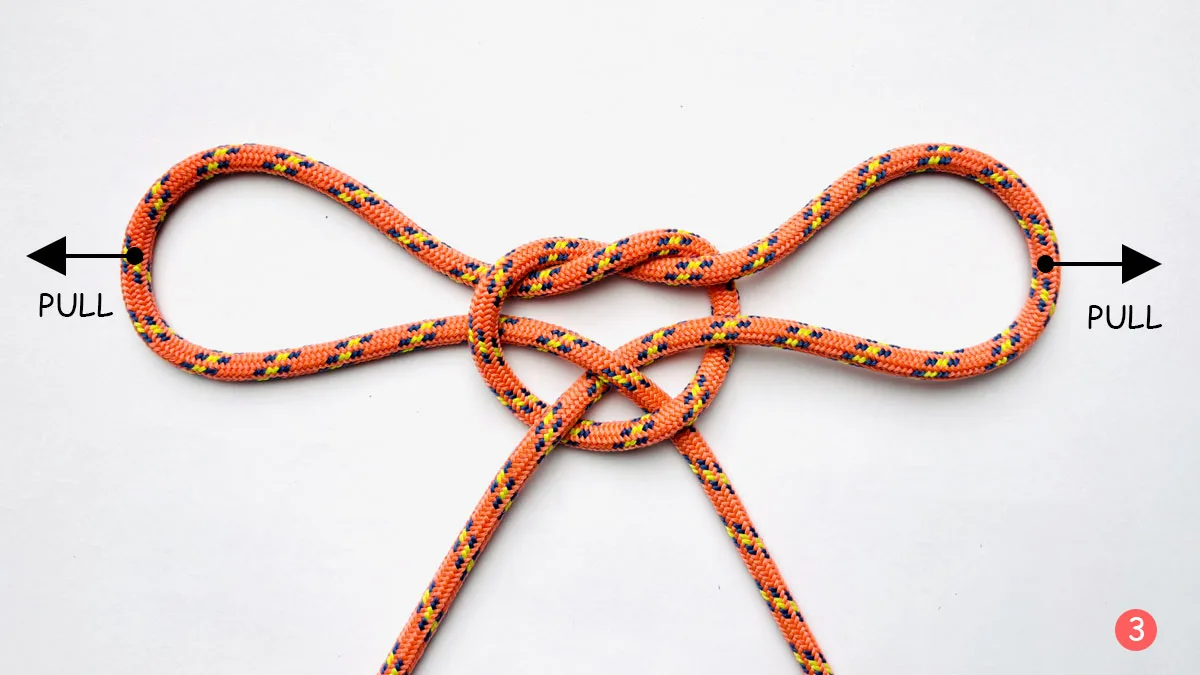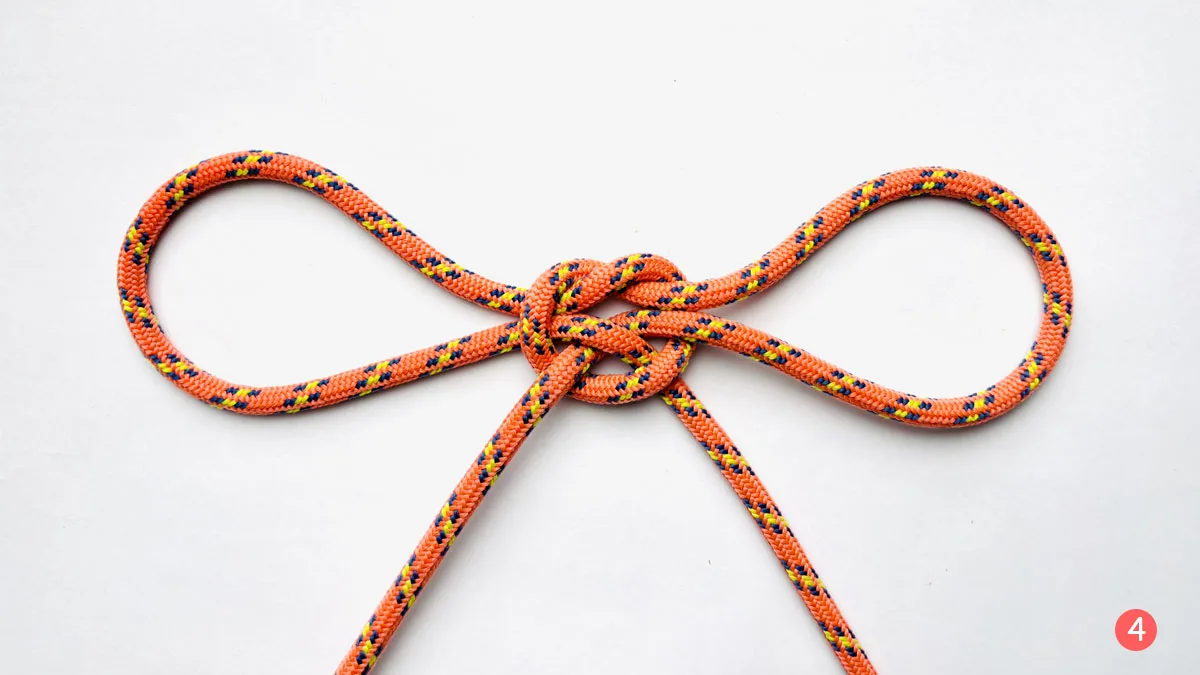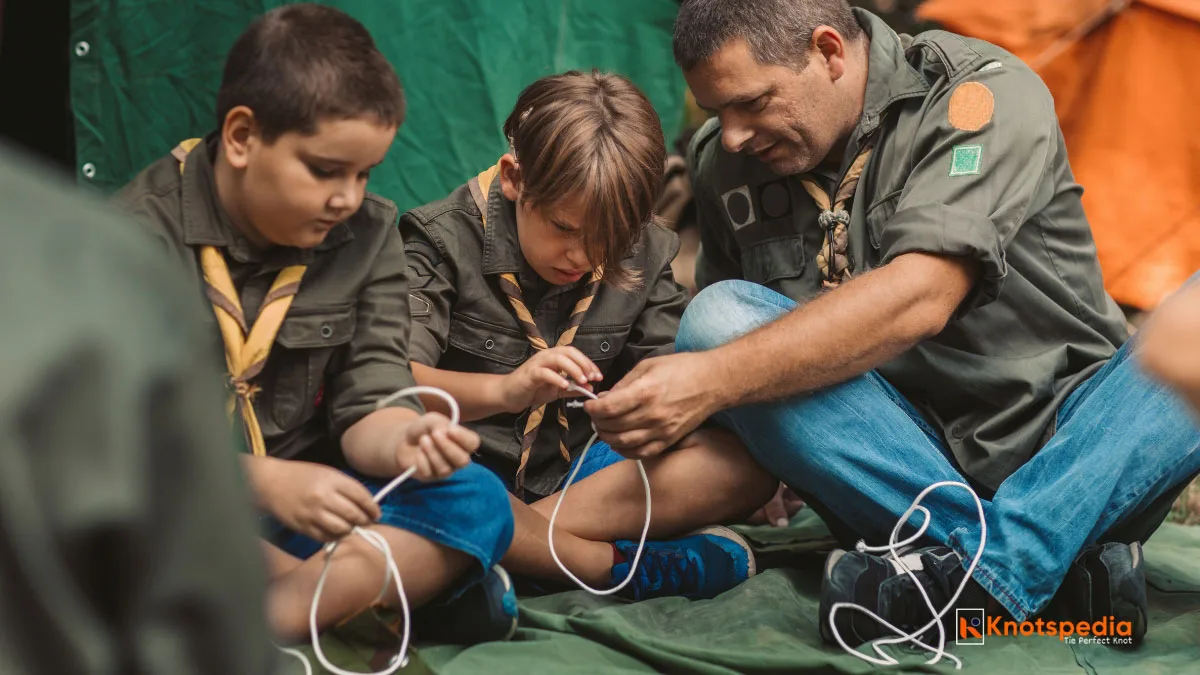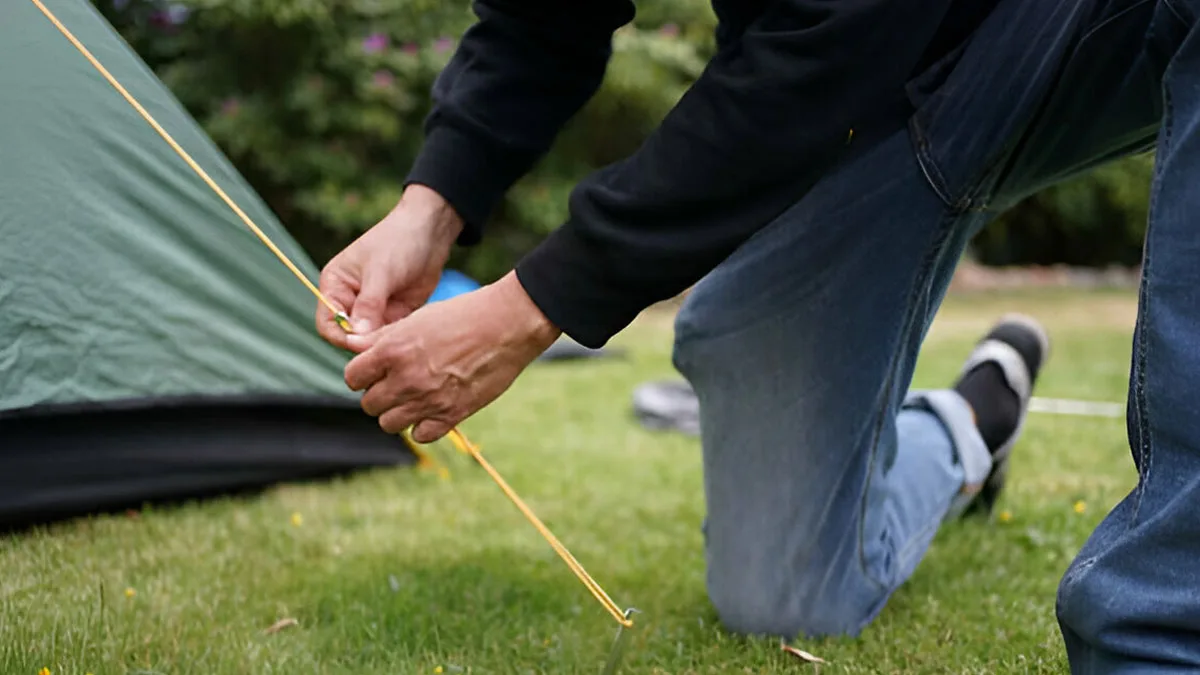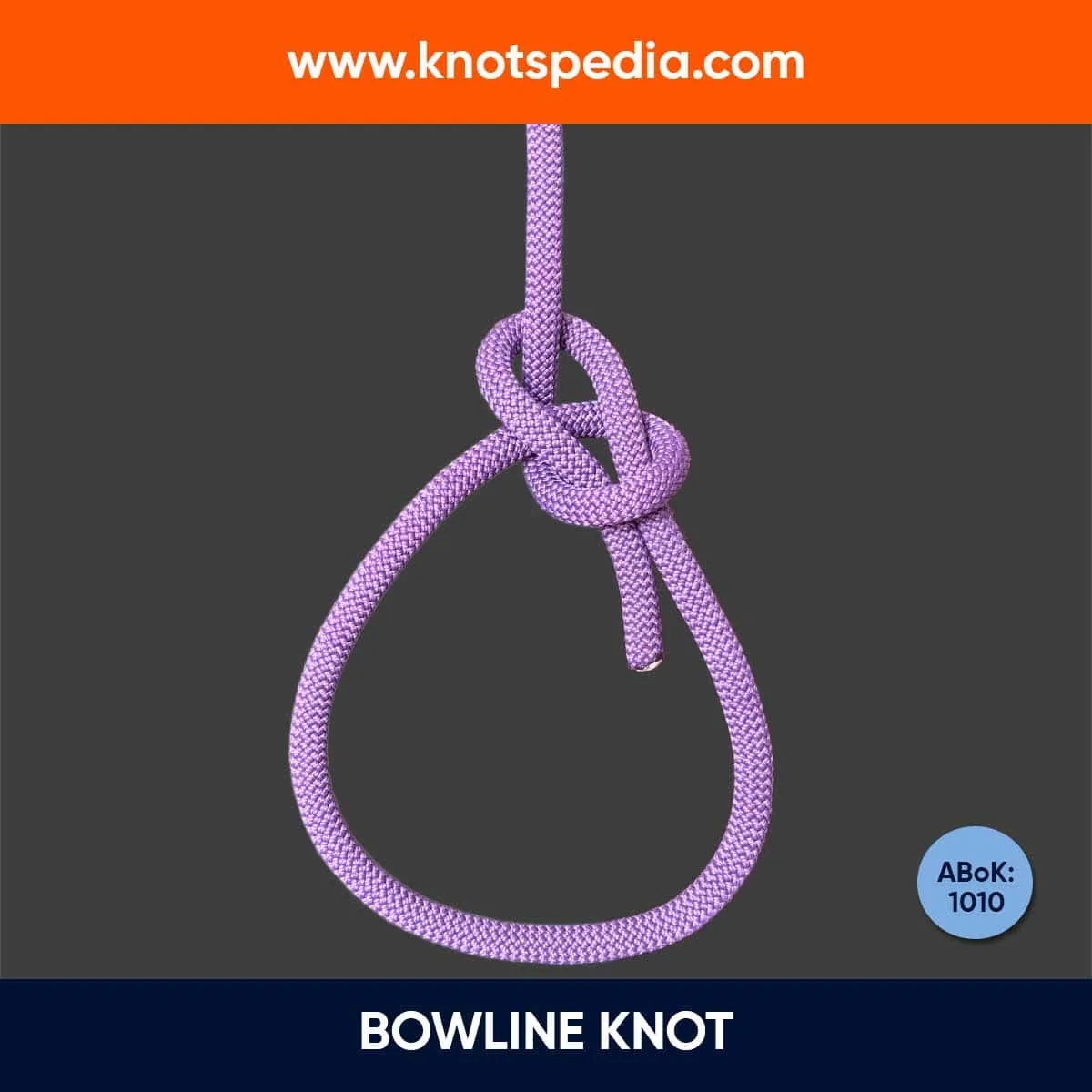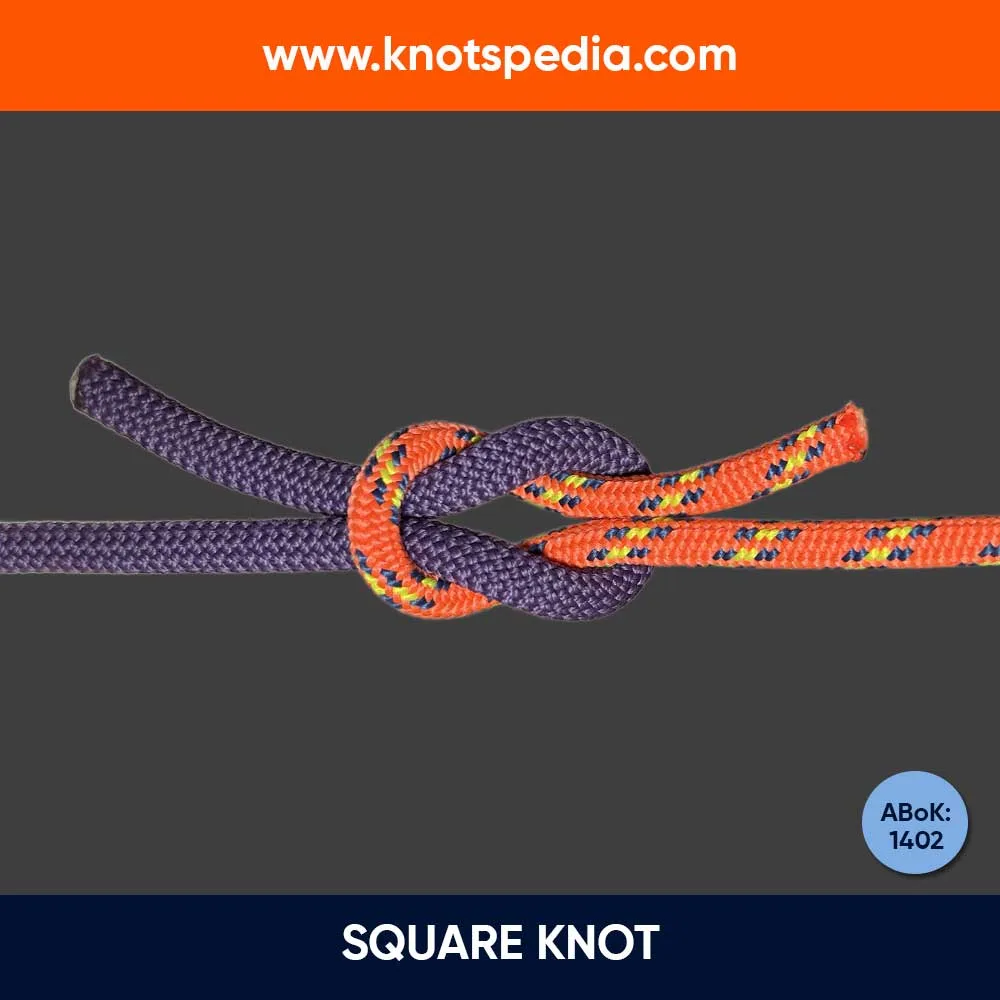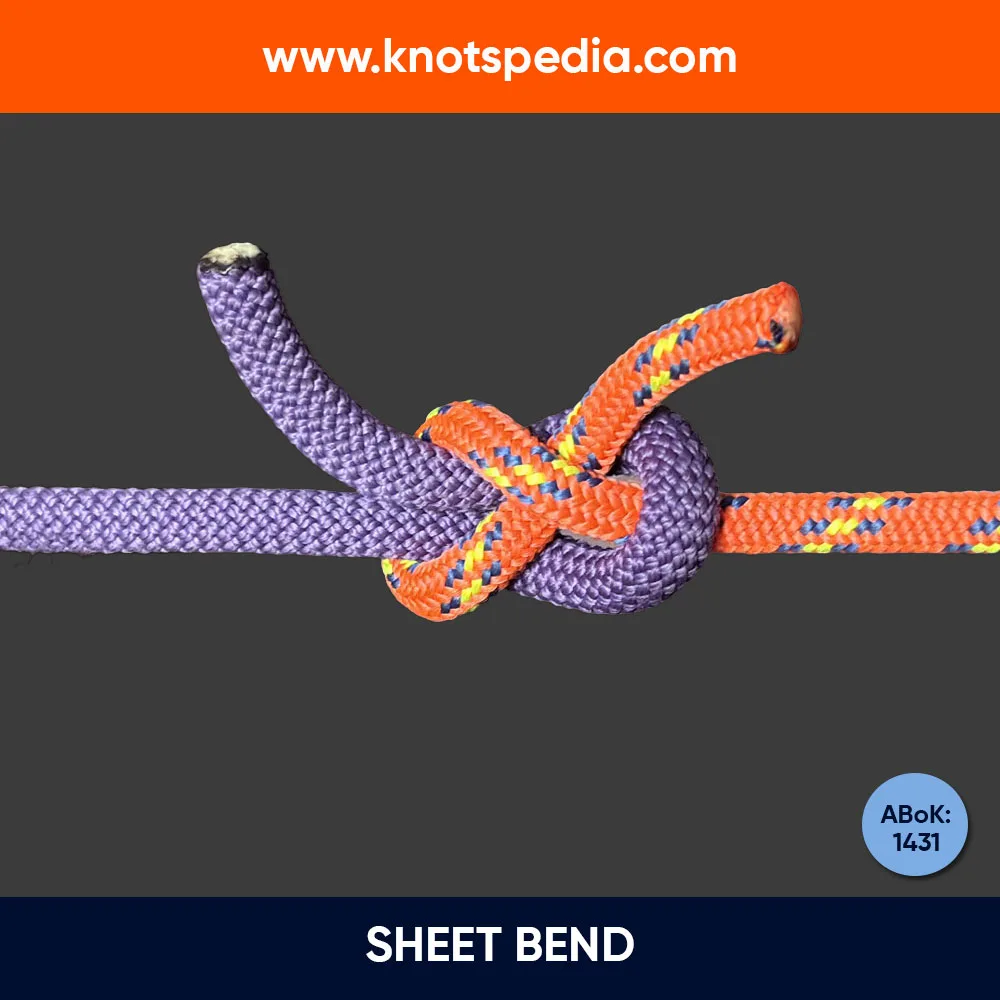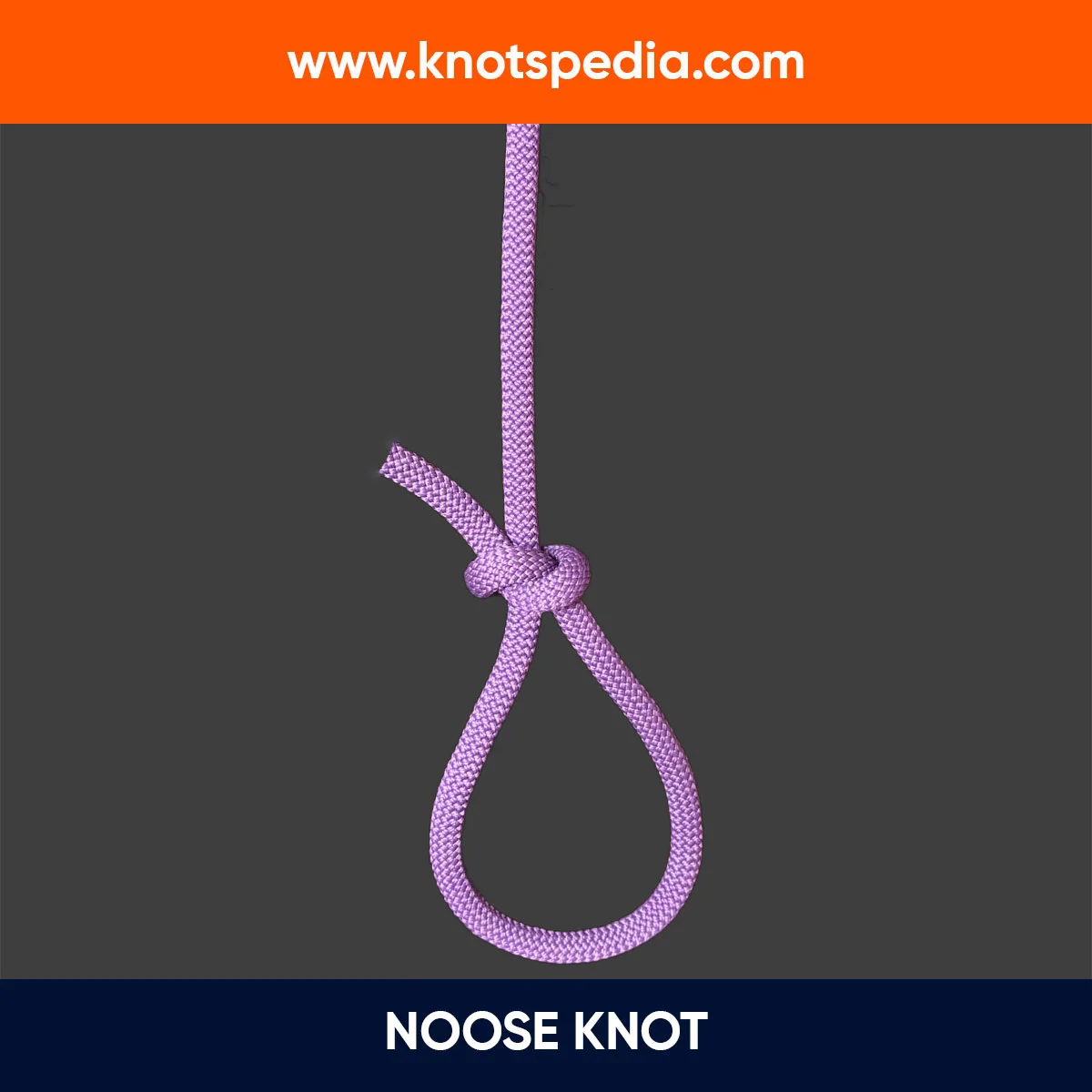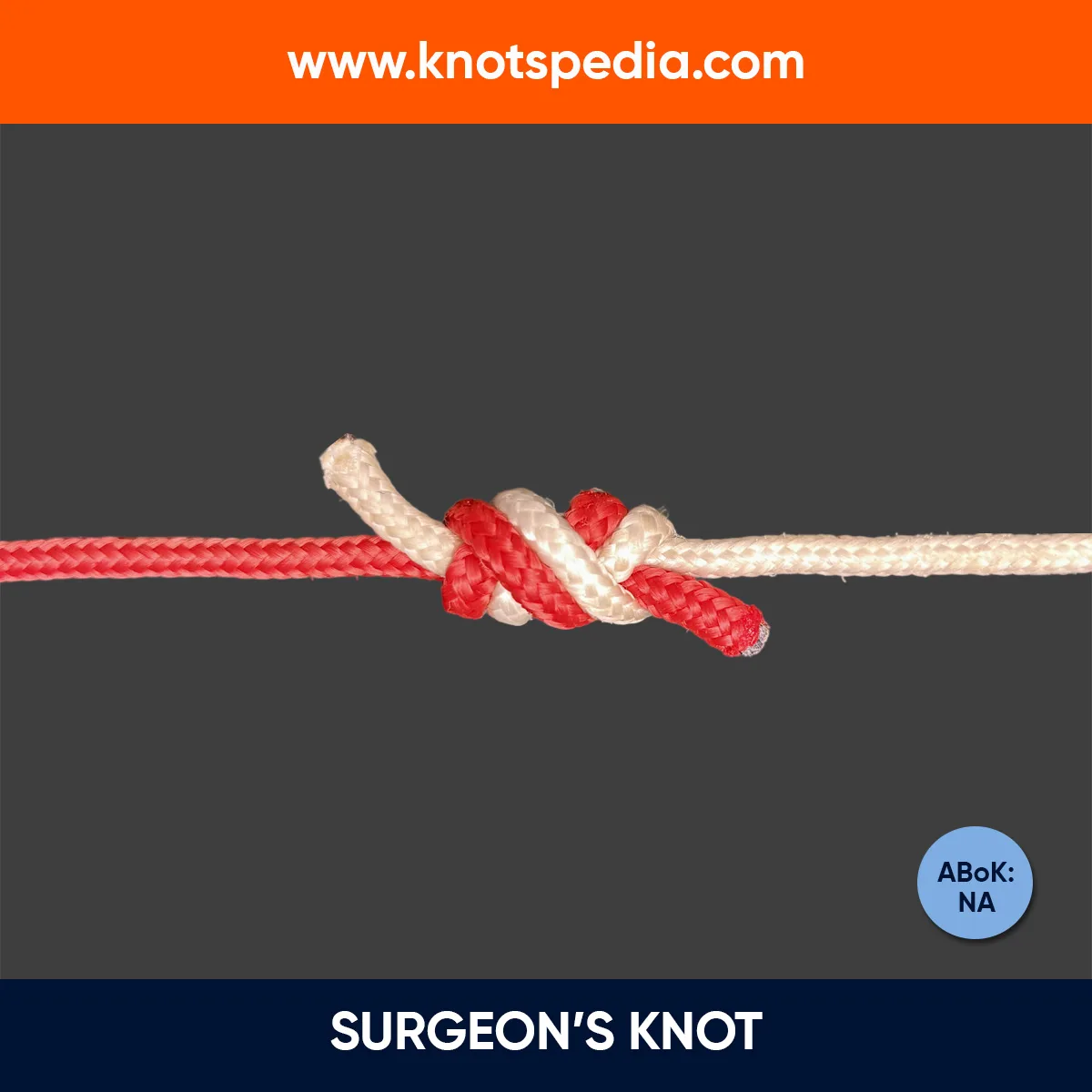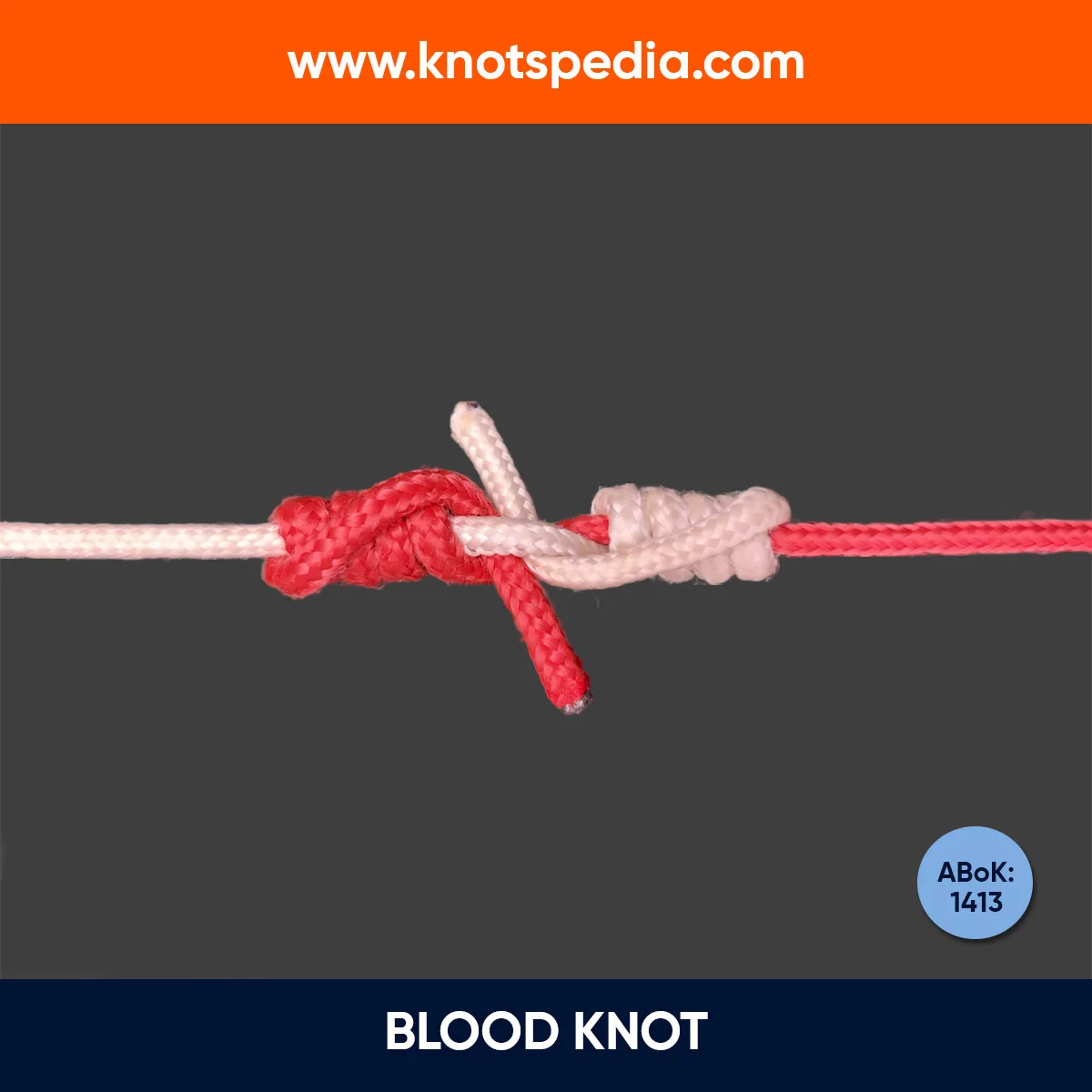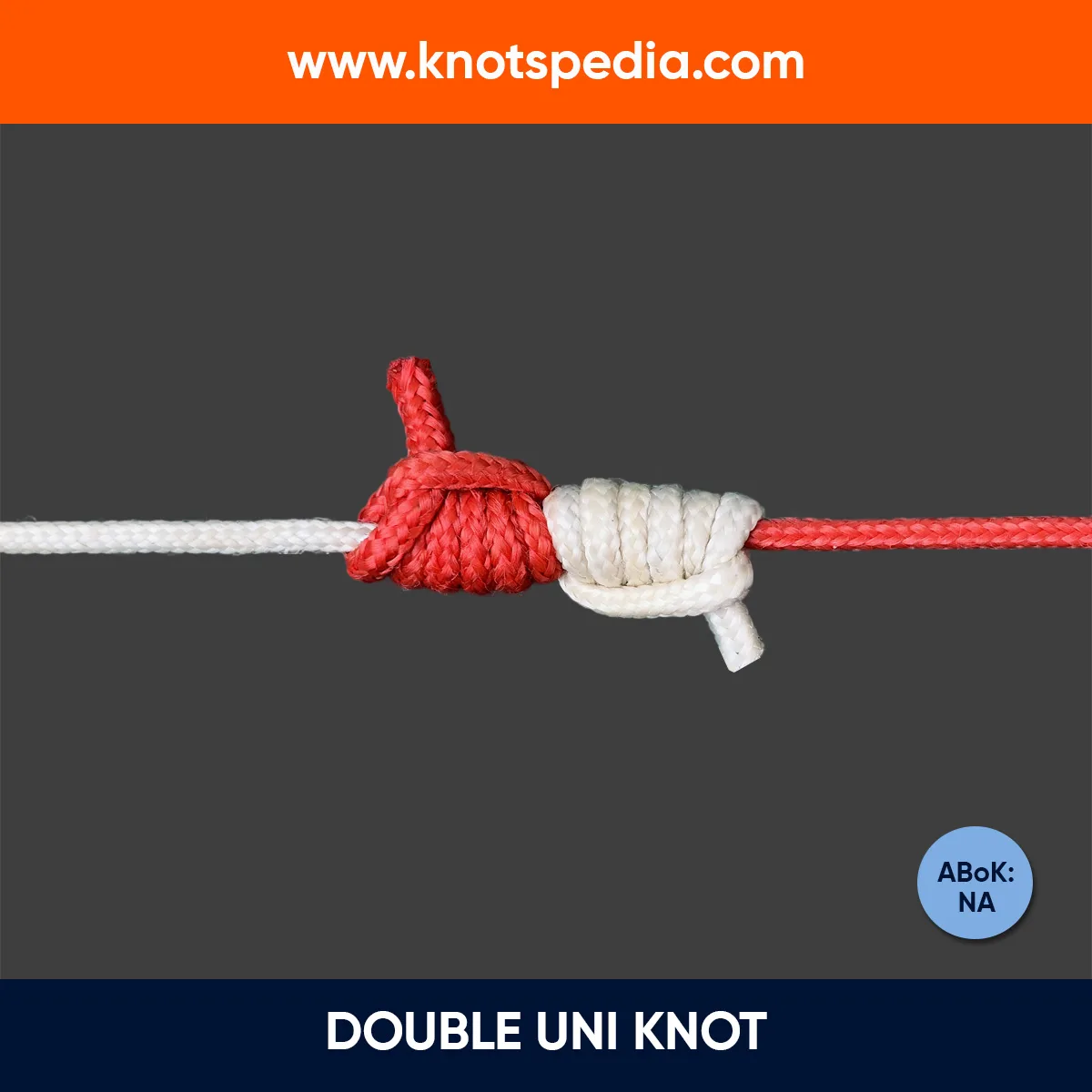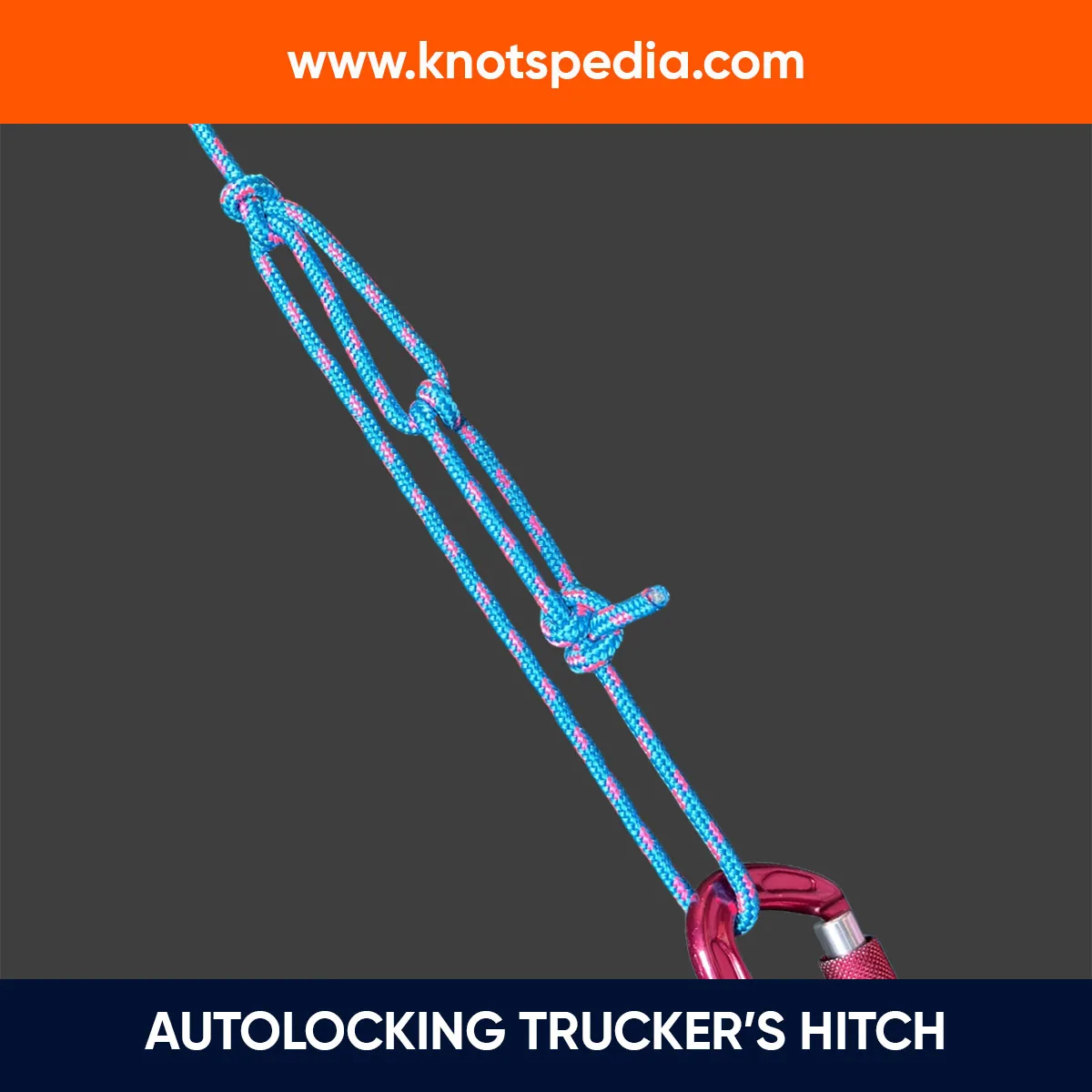The Handcuff Knot was traditionally used to create handcuffs.
It forms two adjustable loops in the opposite direction that can be tied around ankles or wrists.
But it’s not just for tying someone up; there’s more to it.
I will break it down for you.
Let’s get started!
Handcuff Knot Details
Type: Loop Knot
Other Names: Hobble Knot
ABoK Reference: #412, #1134, #1140, #2290
How To Tie a Handcuff Knot
- Make two Loops in your rope.
- Overlap the two loops.
- Pull the ropes as shown in the slider.
- Tighten the knot.
You can adjust the size of the loop by just pushing and pulling the rope ends to make it bigger or smaller, depending on your needs.
To UNTIE, just pull the rope ends in the opposite direction.
Handcuff Knot Step by Step
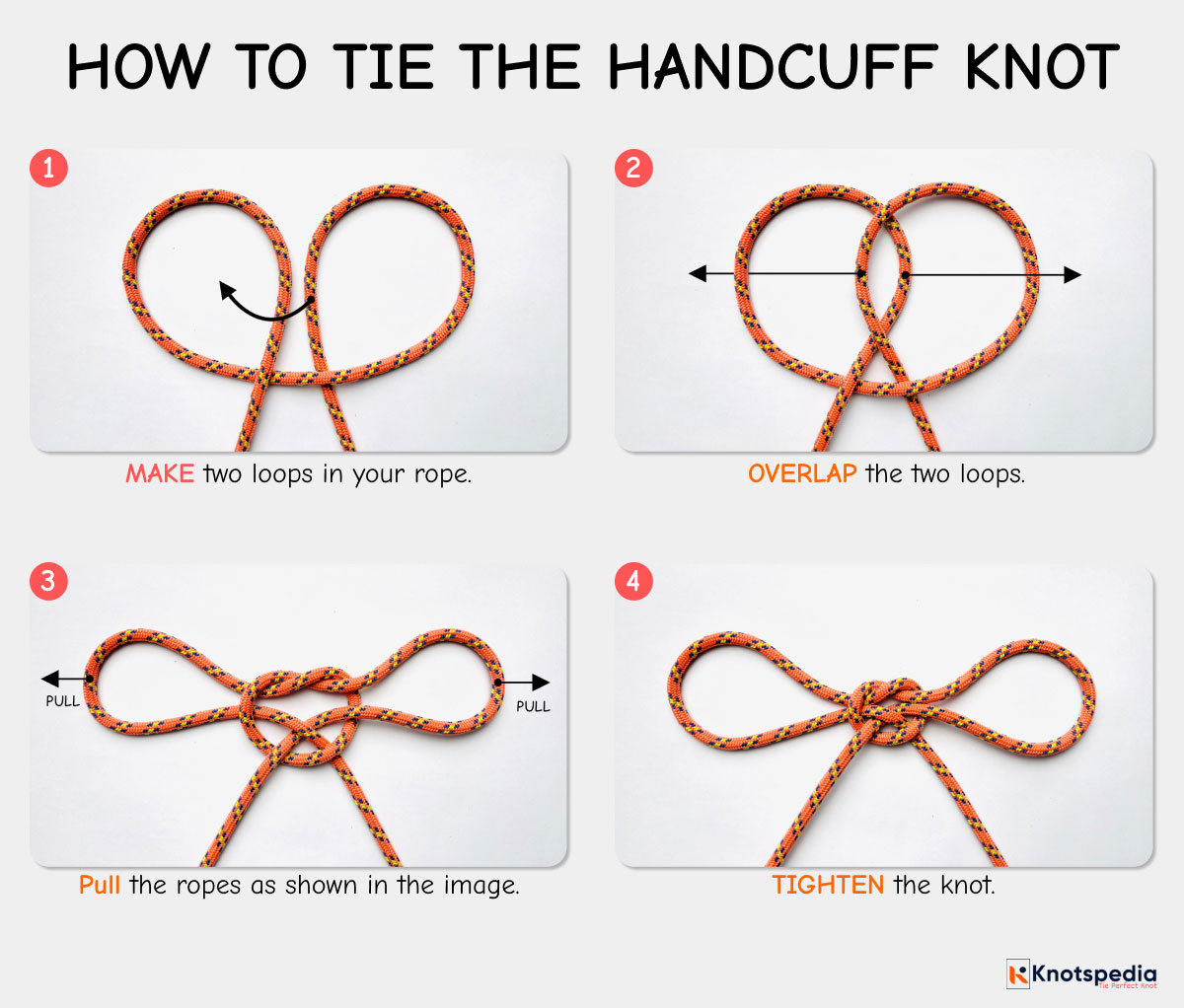
Common Mistakes
Over the years, I have seen people make most of the mistakes at Steps 1 and 2.
First Step 1: When making the second loop, just make sure the loop is not the same as the first one.
If the first loop is an overhand loop, make sure the second one is an underhand loop.
In Step 2, check that you overlap the rope in the correct order.
It may end up in Tom Fool’s Knot, a weaker version of the Handcuff knot (more on it later).
Adding Some Extra Security
Okay, so here’s where things get interesting.
The non-locking nature of this knot makes it insecure and not reliable.
If you want to prevent the knot from slipping through, you need to lock it down.
I recommend adding a stopper knot like an Overhand Knot, a Figure 8 Knot, or a Square Knot at the end of the running ends.
This will keep the knot in place.
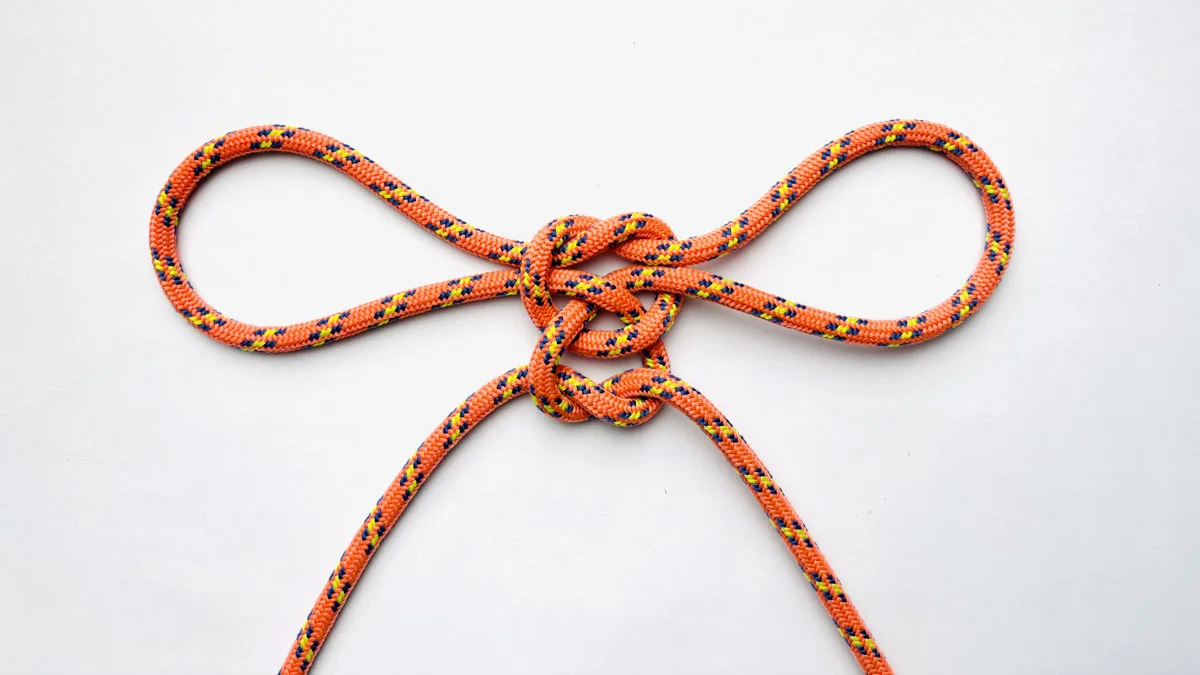
Fireman’s Chair Knot?
You’ll be surprised, but the biggest letdown of the Handcuff Knot is that you can’t use it as an actual handcuff.
The loops will slip unless you secure them properly.
This is where the Fireman’s Chair Knot comes in.
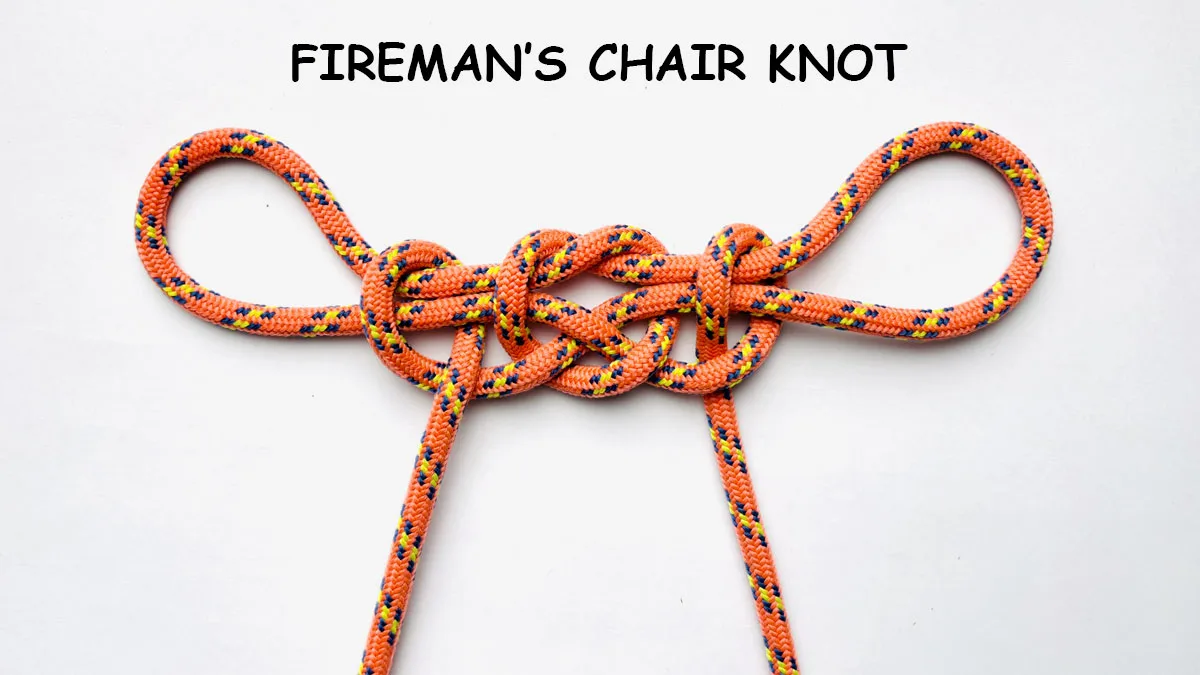
It is a more secure version of the Handcuff Knot. It’s not a different knot altogether; you just add half-hitch knots on both loops to lock them in place.
Be careful while tying this knot with a rope, as it can constrict blood circulation. Use webbing whenever possible.
Note: If you are in rescue situations, only use this knot as a last resort when there are no other options.
Don’t Get Confused: It’s Not the Tom Fool’s Knot
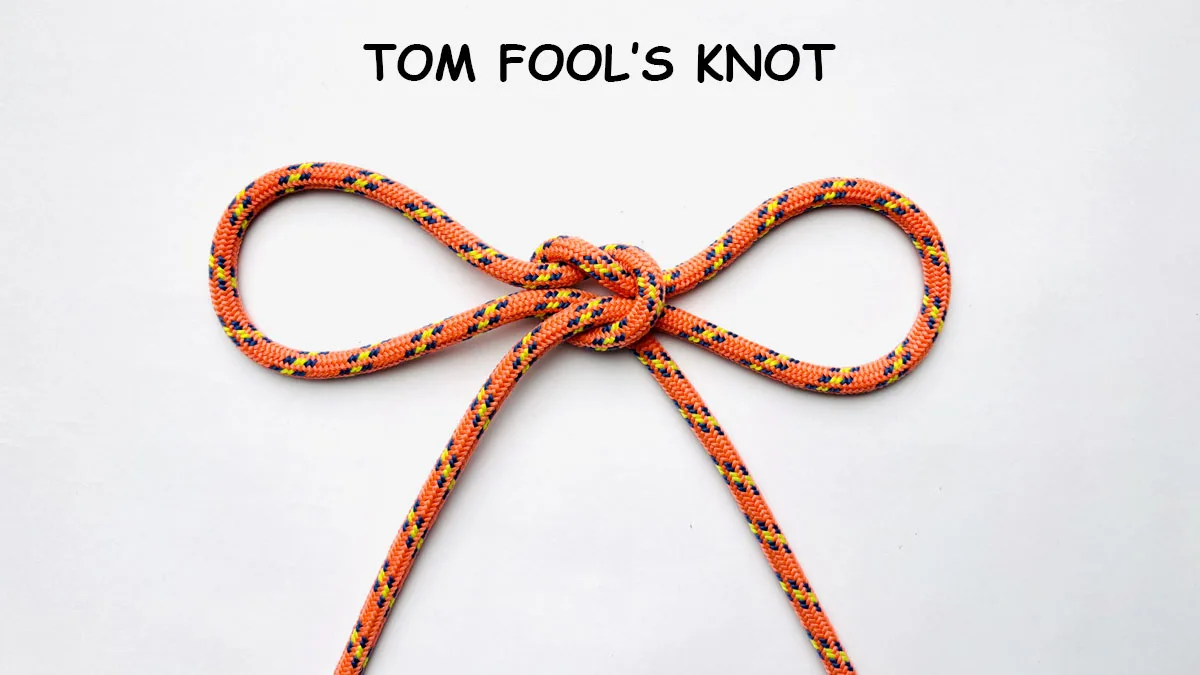
The Tom Fool’s Knot is often mistaken for the Handcuff Knot.
Ashley himself (the guy behind ABoK) says that Tom Fool’s knot is not a great option because it’s hard to tighten the loops, which makes it a weak knot.
It forms two loops, but instead of overlapping them like the Handcuff knot, you pull each loop under and through the opposite side.
This is the weak link in the chain and not a good option for a restraint knot.
Still, it’s popular as a trick knot.
Applications
- Cowboys used this knot to stop the horses from wandering off at night.
- It’s also used to drag animal carcasses.
- Not used often, but it is used by firefighters as a makeshift harness in rescue situations.
- I have used this myself a couple of times out of curiosity when I needed to lift someone in a seated position using the loops around their legs.
- Sailors also use it to tie things to railings.
- In modern times, it is popular in role-play situations to tie someone up with a tie. If you’re using this for role-play (hey, no judgment!), make sure you don’t use the rope handcuff as it might hurt the skin.
Why Not Use It More?
One of the main reasons that this knot is not used in modern rescue is that it’s not as reliable as other options.
The loop slips, and if you are rescuing someone, you don’t want to hurt them with a knot that can come undone anytime.
Still, when you need a quick solution where you have no other options available, the Handcuff knot can be a lifesaver.
Just tie it right and add that extra security!
Share this Article!
